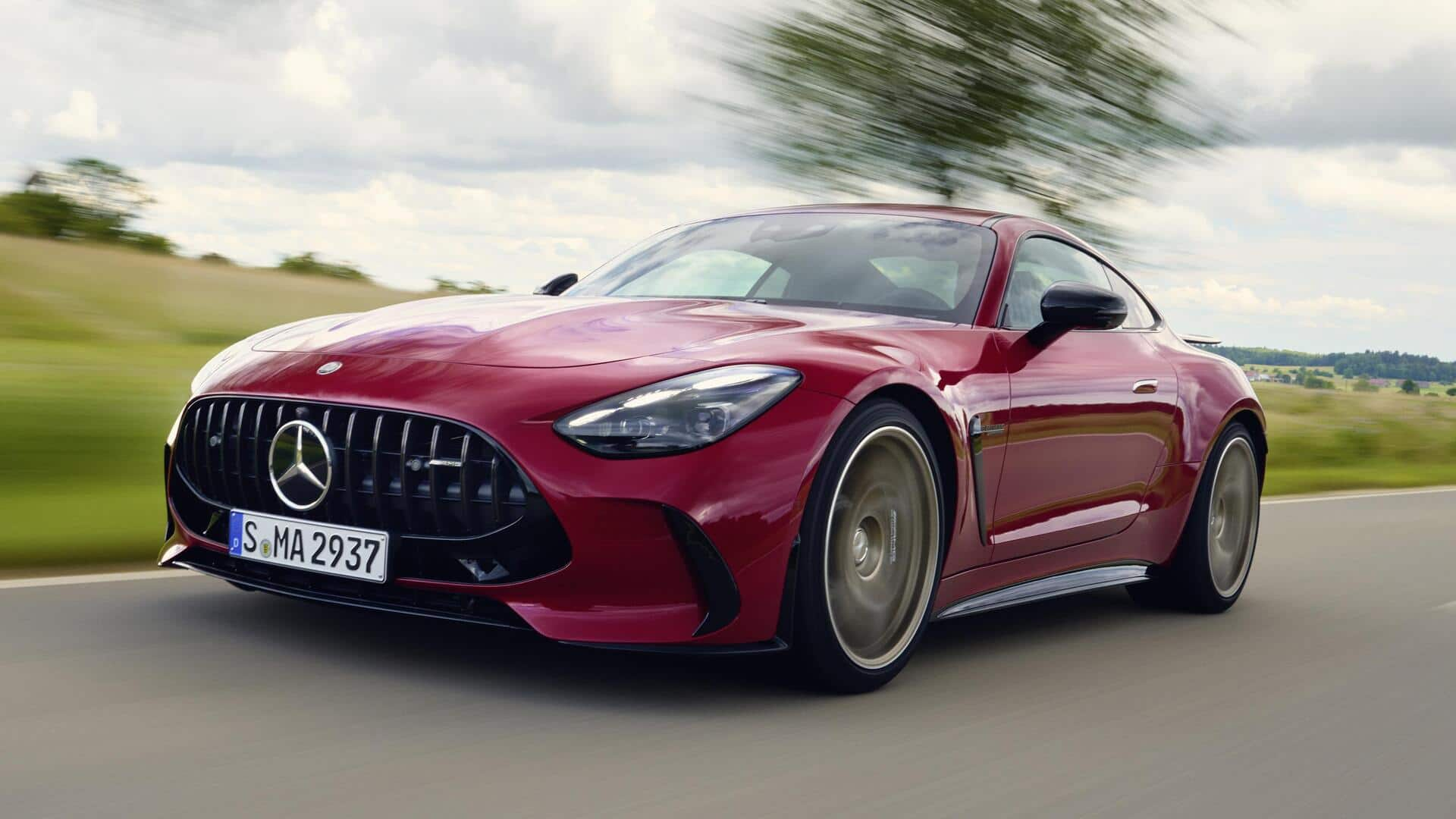The Unexpected Departure
Lamborghini's withdrawal from the Hypercar program has caused a stir in the motorsports community. This move makes Lamborghini the first major manufacturer
to step away from the series, raising questions about its long-term viability. The company's decision to exit has led to speculation regarding its underlying motives and the future strategic direction. Various discussions amongst industry analysts and fans, have highlighted the implications of this departure. It also provides a perspective on the dynamics within the realm of motorsports and the strategic choices made by leading automotive entities. The news came as a surprise to many, particularly given the investment and the ambition the company had previously shown within this racing category, signaling the shifts that are occurring.
Factors Behind the Exit
Multiple factors probably played a part in Lamborghini’s choice to leave the Hypercar program. While the specific details remain somewhat guarded, several potential issues may have weighed into the decision. A major consideration may involve the program’s escalating costs. Participating in top-tier motorsport is incredibly expensive, demanding large investments in development, personnel, and infrastructure. Another important factor might be the challenges of competing against established players in this highly competitive environment. Success in Hypercar racing necessitates exceptional performance, and overcoming the dominance of other teams can be extremely difficult. Additionally, strategic alignment with wider business objectives and resource allocation are crucial. Lamborghini may have reassessed its motorsport priorities to better fit with its overall corporate goals. Changes in technical regulations, the balance of performance, and the broader trends within the automotive industry will also have influenced the strategic direction. These factors can cause significant shifts and contribute to the changing dynamics within this competitive landscape.
Impact on the Program
Lamborghini's exit creates notable effects on the Hypercar program. First, it deprives the program of one of its main competitors and a well-known brand name. Having such a well-regarded marque involved in the competition provided allure and drew increased attention to the series. The move will likely raise doubts among other manufacturers considering joining the Hypercar program. The absence of Lamborghini also affects the series' competitive depth. It reduces the number of teams aiming for the top spots, possibly influencing the overall level of competition. Financial factors are also involved. The participation of top manufacturers brings not only prestige but also critical investments in the program’s sustainability and promotion. In the context of an extremely competitive series, a prominent brand like Lamborghini withdrawing will undoubtedly affect the enthusiasm and interest of both competitors and fans. This change serves as a point for introspection for series organizers.
Future of Hypercar Racing
Lamborghini's departure prompts the consideration of the long-term future of Hypercar racing. The success of the program depends on the continued participation of major automotive manufacturers. The entry and commitment of major brands provide a foundation for the stability and appeal of the series. Maintaining excitement levels for fans is critical for the growth of the sport. Changes to rules and regulations, intended to make the competition more attractive and sustainable, might be required. Promoting a level playing field and cost-effective participation are very important. The balance of performance is continuously discussed to ensure that all teams have opportunities to compete. Ultimately, the Hypercar program needs to adapt and innovate to navigate the challenges and thrive in the coming years. The long-term viability of the series is linked to the ability to attract and retain prominent participants. The goal will be to ensure that racing remains compelling and relevant.










